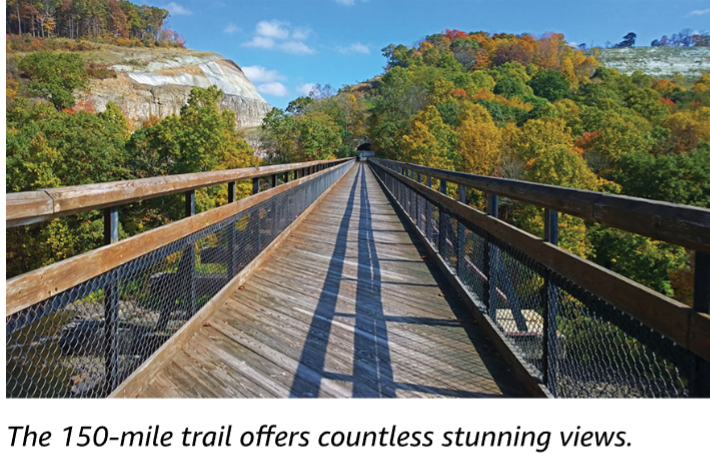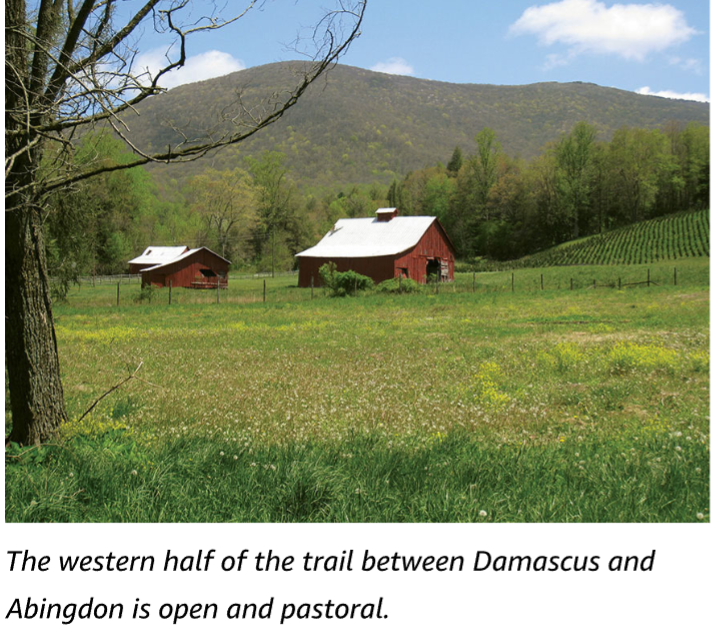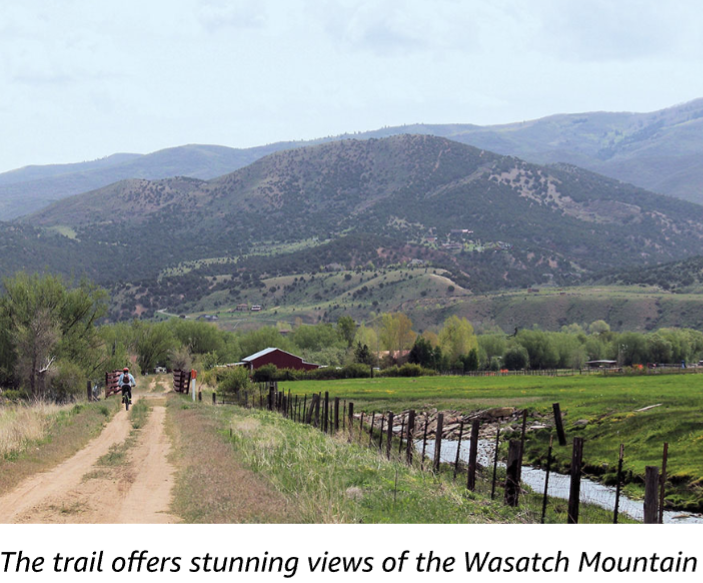From Rails to Trails: The Making of America’s Active Transportation Network by Peter Harris is the inspiring and fascinating story of how thousands of miles of America’s former railroads became rail-trail corridors, used for active transportation and recreation. The book details the history of the USA’s extensive rail network, which reached it’s peak mileage of just under 255,000 miles in 1916. The railroads were a mighty force in the industrial heyday of the US, but their dealings are not all remembered fondly. There was ample corruption involved in securing routes or getting incentives for the government, and many citizens had parts of their land grabbed for railroad easements. When the railroads had passed their prime and lines began to be abandoned, it seems like an obviously brilliant idea to get the government, whether federal or local, to turn these into linear parks. There were lots of expensive structures like tunnels and bridges that could be relatively inexpensively be repurposed for trails. Also, the right-of-ways were nice and flat, because trains have trouble operating on grades of more than 3%. As Mr. Harris points out, we have thousands of miles of trails in the US, including the long-distance jewels that make up the “triple crown” (the Appalachian, Continental Divide, and Pacific Crest trails). But these can often be quite steep and suitable only for serious hikers or mountain bikers. It is nice to have another trail resource for the rest of us.
But despite the desirability of rail-trails, there was plenty of opposition, from adjacent landowners who wanted to be compensated for land that had been seized from their ancestors, or were concerned about crime coming into their area from trail users, and from developers who eagerly viewed this prime land.
Mr. Harris also chronicles the sorry state of walking and biking infrastructure in the US in the middle of the 20th century, around the time many abandoned rail lines were becoming available. The heroic efforts of some local groups to get these turned into rail-trails, is described. Early on these local groups had to continuously reinvent the wheel dealing with governments and opposition. But in 1986 this changed when the Rails-to-Trails Conservancy, a national non-profit group that Mr. Harris was involved with, was formed, as this group was able to work out a standardized playbook for dealing with this type of negotiations and associated publicity. To date the national and local effort has resulted in 24,000 miles of rail-trail corridors, many of which are now national treasures. There is continuing effort underway to improve this network on two fronts: make cohesive active transportation networks in local areas, and attempt to link trails up from coast to coast and north to south.
All of this has inspired me to look into trying out more of these trails. I’ve already ridden some of the local ones, like the Monterey peninsula trail, and there are some other great ones not too far away, like the Bizz-Johnson trail north of Lake Tahoe. I’m currently doing armchair investigation of them by reading Rail-Trails West and Rail-Trail Hall of Fame: A Selection of America’s Premier Rail-Trails both from the Rails-to-Trails Conservancy, but in the future I’d like to try some out in person.
Photo Credits: All Photos below are from Rail-Trail Hall of Fame: A Selection of America’s Premier Rail-Trails






The trails look beautiful, and what a perfect way to reuse them, hope more go ahead x
LikeLiked by 1 person